Review for Shoot the Pianist
‘Shoot the Pianist’ is Truffaut’s second film and is an absolute corker.
Having made an historic debut with ‘The 400 Blows’ featuring some incredible child-acting talent, he chose to produce a very different film for his next feature. Taking a film noir look and feel, he transports the genre to France and adds an air of melancholy and finesse to create a startlingly watchable and stylish movie.
Despite this being firmly in the ‘French New Wave’ camp (and French and therefore clumsily stacked in the so called World Cinema’ bins) there is nothing ‘difficult’ or ‘arty’ to endure. When released, some critics damned the use of flashbacks and fast cuts but by today’s standards it’s relatively simple stuff. It’s a film for everyone to enjoy – as is true of all of Truffaut’s work despite the wide variety of styles and narratives.
It tells the story of a once great pianist by the name of Eduardo Saroyan (played by popular ’50s singer, Charles Aznavour, who I recall cruelly calling ‘Aznovoice’ when ‘She’ was a hit in the 1970’s). Clearly down at heel, and using a new name, Charlie Kohler, he’s reduced to playing in ropy bars for free drinks and a few Francs – just one step up from the dishwasher.
The film opens with great excitement as we see a man running for his life away from gangsters. The man turns out to be Charlie’s brother Richard (Jean-Jacques Aslanian) who (after deliciously stopping for a conversation about the virtues of marriage with a complete stranger) finds himself in Charlie’s bar. When Charlie helps him escape it puts him and his lover, waitress Lena (Marie Dubois) in danger. Before long Charlie is also a hunted man.
But this is no ordinary noir film. The gangsters here are portrayed as very human characters caught up in the giant caper of life with the same aspirations and longings as everyone else.
As we learn more about Charlie we learn of the tragic loss of his wife to a suicide – and its huge impact on his attitude to life and other women; in particular his innate timidity which stops him doing the things he really wants to do.
Truffaut was anxious to follow up the success of his first film, ‘The 400 Blows’ , with something entirely different and there’s no doubt that he succeeds in doing that. Aznavour is surprisingly good. I had no idea he was such a fine actor. His performance is subtly intense, as if he is a pressure cooker about to explode at any moment.
Picture quality is really very good throughout delivering deep blacks, deep contrast and stunning detail throughout. Most of the footage was shot on location using natural light and this HD version copes tremendously well throughout. It was Truffaut’s first time working with New Wave cinematographer Raoul Coultard and the experimentation was considerable. The film is presented in the original aspect ratio of 2.34:1, and encoded with MPEG-4 AVC with a 1080p transfer. Nice!
Audio is fine, if predictably unremarkable, although there are some moments where live sound is used which would probably be over-dubbed today given their ‘lively’ nature. But it’s as it was so purists will be unshaken. The score by Georges Delerue (Louis Malle's Viva Maria!) is simply superb.
Extras include an original trailer; an informative introduction accompanied by stills and excerpts by Serge Toubiana, president of Cinémathèque française; Marie Dubois screen tests ; and an audio commentary by legendary cinematographer Raoul Coutard which, despite the confusion with two French voices (the dialogue in the background and Coutard in the foreground) and subtitles for the commentary, was a first class addition. He explains how various sequences were shot as well as commenting on the similarities and differences between Francois Truffaut and Jean-Luc Godard. Fascinating stuff.
It’s really easy to see why ‘Shoot the Piano Player’ has been re-assessed as a modern masterpiece, despite being something of a box-office disappointment. This edition from Artificial Eye must surely be the best yet so you’ll want to add it to your collection pronto. (Be warned – it’s Region B locked though).
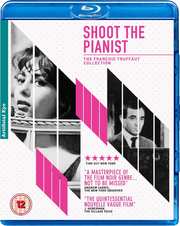
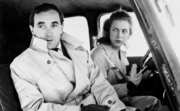
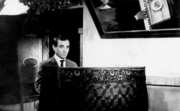

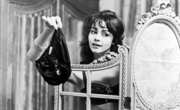
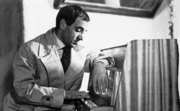
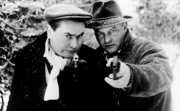
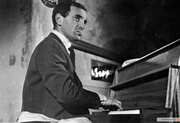
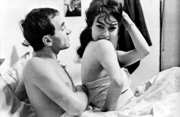


































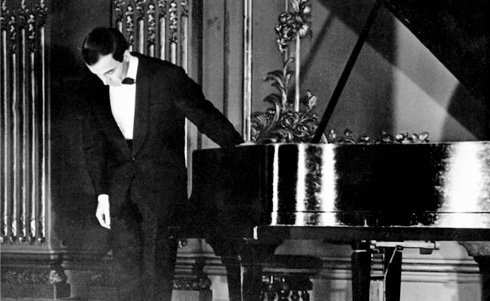





Your Opinions and Comments
Be the first to post a comment!